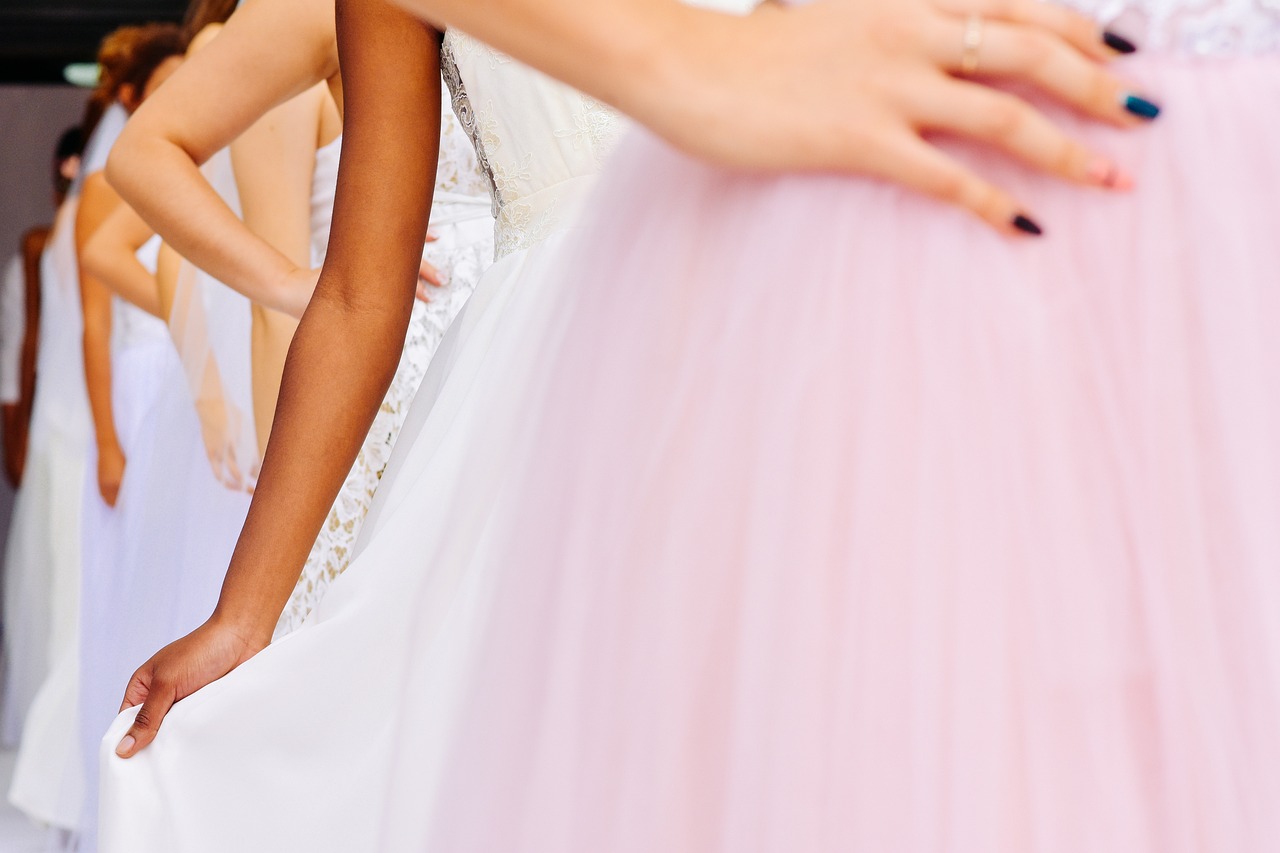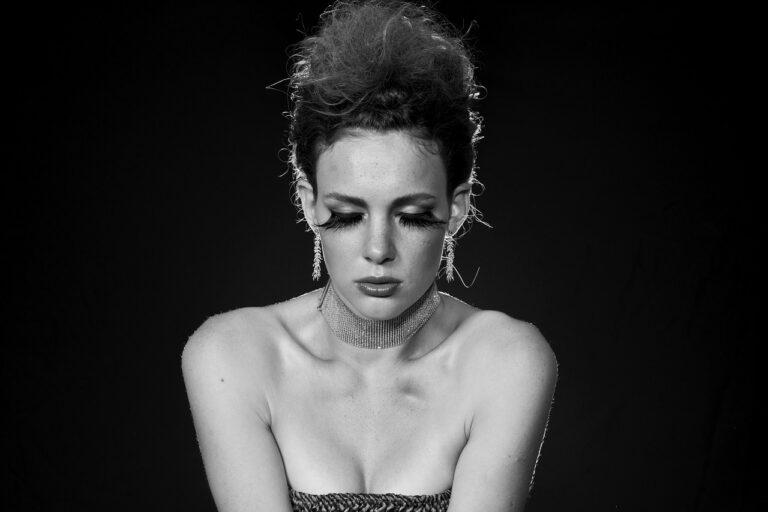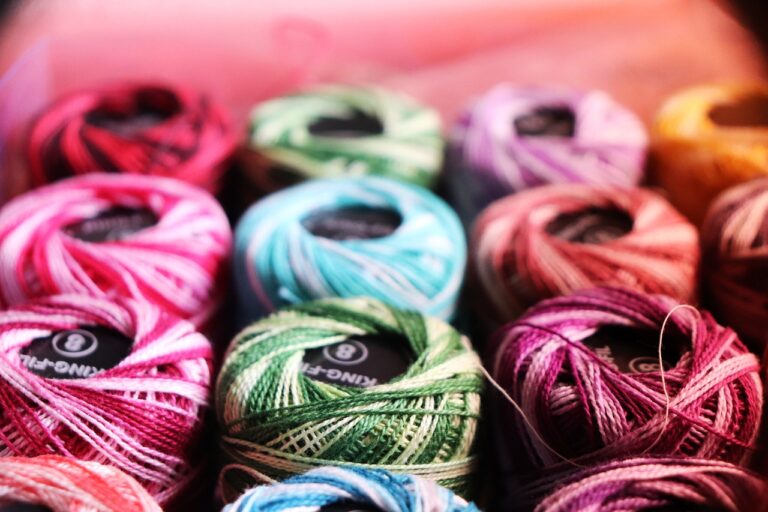The Role of Fashion in Historical Movements: From Suffragettes to Civil Rights
The Suffragette Movement of the late 19th and early 20th centuries marked a significant shift in women’s fight for equal rights. This movement, advocating for women’s suffrage and equality, also had a notable influence on fashion during that time. Women involved in the suffragette movement often adopted clothing styles that were considered unconventional for that era, such as wearing practical tailored suits instead of the traditional corsets and voluminous skirts.
The choice of attire by suffragettes was not merely a fashion statement but a deliberate political statement. By rejecting restrictive and impractical clothing, they aimed to challenge traditional gender norms and assert their independence and agency. The suffragettes’ fashion choices served as a visual symbol of their resistance and determination to challenge societal expectations and demand equal rights for women.
• Suffragettes often wore colors such as purple, white, and green to symbolize their cause
• Practical clothing choices allowed suffragettes to engage in physical activities during protests and rallies
• The adoption of more comfortable attire helped shift societal perceptions of women’s roles and capabilities
• Fashion played a crucial role in the visibility and impact of the suffragette movement on a larger scale
Fashion as a Form of Protest During the Civil Rights Movement
During the Civil Rights Movement, clothing became a powerful tool for protest and self-expression. African Americans utilized fashion as a means to challenge societal norms and assert their identity and dignity. By embracing traditional African garments, such as dashikis and kente cloth, individuals were making a bold statement about their heritage and cultural pride.
Additionally, the Black Panther Party strategically used clothing to convey their message of resistance and empowerment. The iconic black leather jackets, berets, and sunglasses worn by members of the organization not only created a distinct visual identity but also served as a symbol of solidarity and strength. Through their sartorial choices, activists aimed to challenge the status quo and demand equal rights and justice for all.
How Clothing Choices Reflected Women’s Liberation Movements
Throughout history, women’s liberation movements have often been reflected in the clothing choices of women. During the 1960s and 1970s, the second wave of feminism brought about significant changes in fashion. Women started to reject restrictive and constricting clothing, opting instead for more comfortable and practical attire. This shift in fashion mirrored the shift in societal perceptions of women’s roles and rights.
Women began to embrace clothing styles that allowed them freedom of movement and expression. Pantsuits became a symbol of women’s empowerment and equality in the workplace, as women pushed back against the expectation to wear skirts and dresses. The rise of the unisex fashion trend also challenged traditional gender norms, with women adopting more androgynous styles that blurred the lines between masculine and feminine clothing. These sartorial choices not only reflected the evolving attitudes towards gender equality but also served as a visible form of protest against the patriarchal norms of the time.
How did the Suffragette Movement influence fashion choices?
The Suffragette Movement influenced fashion by encouraging women to wear more practical and comfortable clothing, such as bloomers and shirtwaists, instead of restrictive corsets and long skirts.
In what ways did fashion serve as a form of protest during the Civil Rights Movement?
Fashion served as a form of protest during the Civil Rights Movement by African American women embracing styles that celebrated their heritage, such as natural hairstyles and African-inspired clothing, as a way to challenge societal norms and assert their identity.
How did clothing choices reflect Women’s Liberation Movements?
Clothing choices during Women’s Liberation Movements reflected a desire for gender equality and empowerment. Women began wearing pantsuits and more tailored clothing to break away from traditional gender roles and express their independence.







